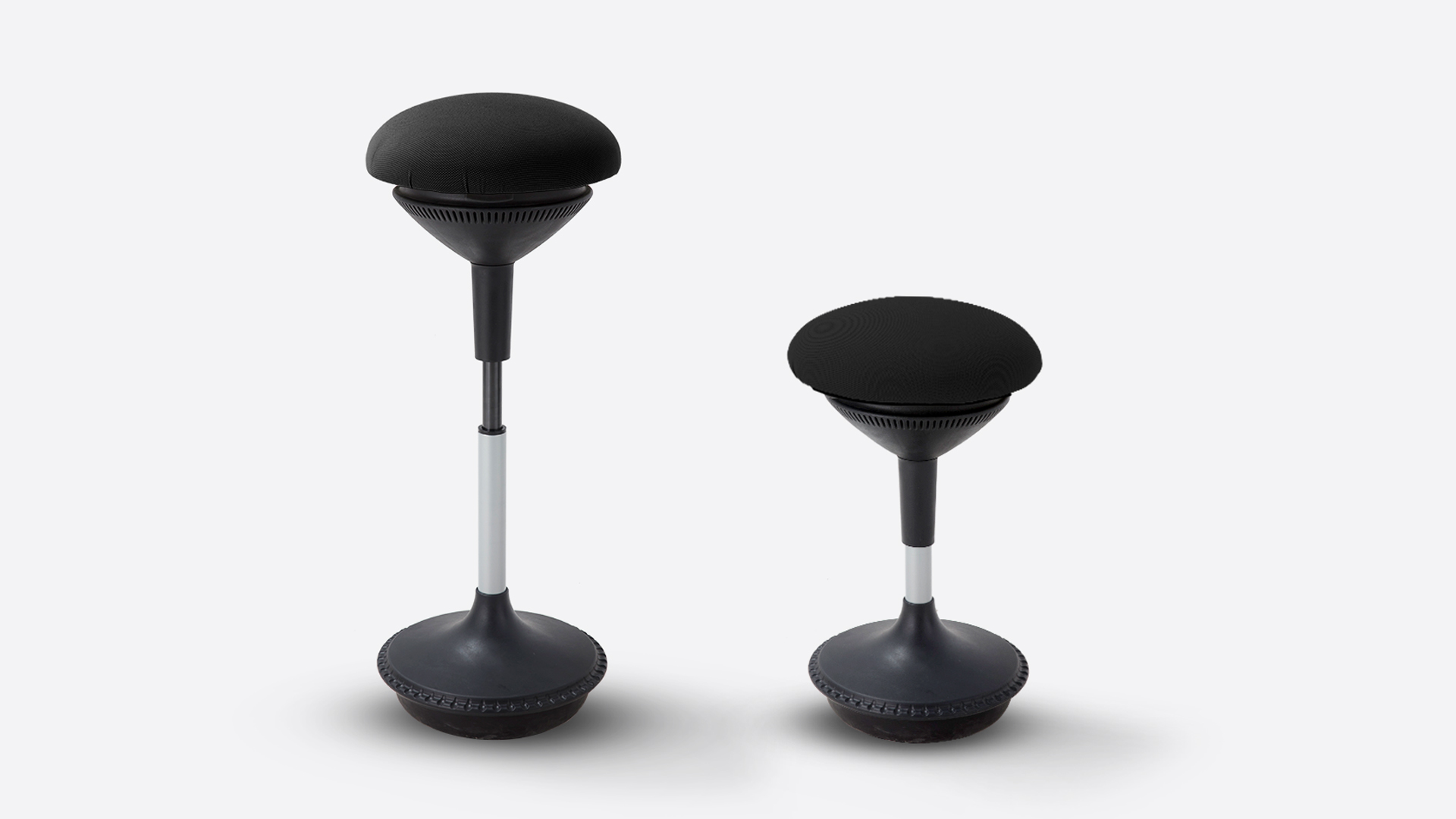Choosing the right paint can be difficult, especially if you’re not familiar with the varieties available and their uses. To learn more about Surepaint services, visit their website — they offer professional residential painting, among other benefits. You can also book an appointment and consult with one of their in-house professionals.
Below are some of the different kinds of paint and what you need to know about them.
Oil Paint
Oil-based paints are a popular choice with homeowners because of their durability. They are also affordable. This type of paint can last for years without beginning to show any signs of wear and tear. It’s the perfect paint for coating trims because not only will it protect it against the elements, it’ll give it a lovely glow.
Oil paints are commonly applied on walls, windows, and metal surfaces. However, these paints aren’t recommended for humid places since they take a lot of time to dry. This can be quite an inconvenience for DIY homeowners. What’s more, oil paints produce strong noxious fumes. On the other hand, they are easy to apply and also easy to clean.
Enamel Paint
Enamel is a brilliant coat for protecting surfaces such as cabinets and even tables. It’s tough and durable and can withstand any element. You don’t need to prime surfaces before applying enamel paint, saving you time and effort. It’s perfect for home exteriors because of its durability — it can withstand any kind of weather.
Furthermore, it provides surfaces with a nice glossy finish that can be cleaned effortlessly. Enamel is resistant to most chemicals and even water. This quality offers homeowners excellent color retention. The only downside is it dries very slowly and requires a titanium coating.
Emulsion Paint
Emulsion paints are made up of binders and driers. Binders include compounds like polystyrene vinyl, while driers are ingredients such as cobalt. Emulsions either have a water or oil base. Their pros include drying fast and the ability to harden. Surfaces painted with emulsions are easy to clean and retain color for extended periods.
Another defining quality of emulsion paints is they are resistant to alkalis. They’re great for walls, ceilings, and masonry fixtures. They can also work on wood, though it needs a specialized type of emulsion.
Cement Paint
Cement paints come as powders that require mixing with water to get a paint-like consistency. They usually come in two varieties, white or colored, including other ingredients such as pigment accelerators.
Cement paint is excellent for external use but can be used indoors too — specifically for rough surfaces. It protects these surfaces from the elements, especially the sun. What’s more, it prevents mold and fungus growth. Cement paint doesn’t peel or flake. The only con to cement paints is they take up to 24 hours to dry and need two coats to prevent moisture issues.
Water-Based Paint
Water-based paints may not be as resilient as cement paints, but they have many other positive features. They dry faster, taking significantly less time than oil paints. They’re also perfect for home interiors and typically cure within 24 hours. Moreover, surfaces with water-based paints are more manageable — simply wipe them down with soap and water. They don’t emit toxic fumes like oil-based paints, either.
However, water-based paints have their negatives. For starters, they cost more than other paints such as oil coatings. They are also less resilient and begin to divide into layers when exposed to humid conditions.
Latex-Based Paint
Latex paints are another great alternative to oil-based ones. They provide uniform coverage and dry quicker than their counterparts. They don’t need primer, and their surfaces are easily cleaned with soap and water. You can use latex-based paints for large surfaces such as floors. Furthermore, they dry quickly and can also be applied on concrete surfaces.
Latex paint, unfortunately, doesn’t do well on glossy surfaces. It also causes steel to rust and can’t be used on raw wood because it raises the grain.
Flat Paint
Flat paint, also known as matte paint, may be affordable, but unfortunately, it doesn’t have a desirable finish. Unlike oil-based paints, it doesn’t have the same glow and lacks texture. Furthermore, it also isn’t very durable and is prone to defects such as peeling.
However, its main pro is its affordability — it is perfect for homeowners on a budget. Matte paint adheres to surfaces easily and is excellent at hiding rough spots. If you’re looking for an affordable paint option that will conceal imperfections, then flat paint is your best bet.









